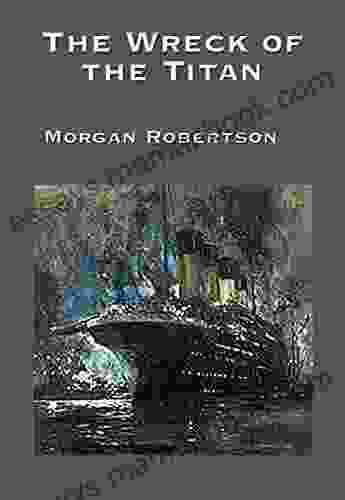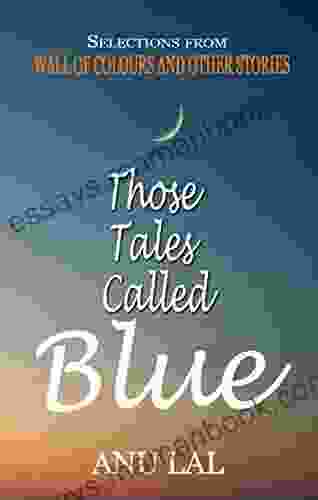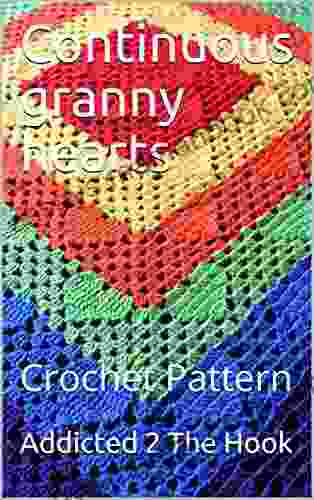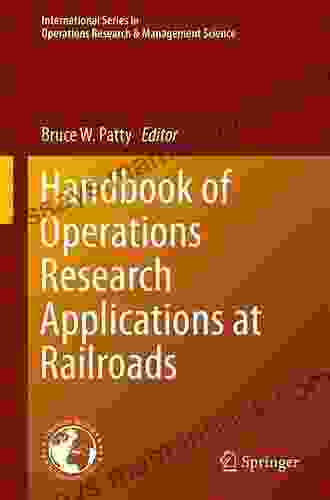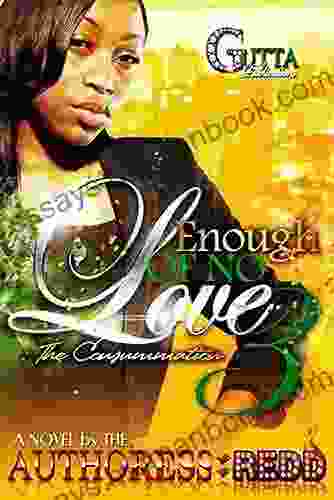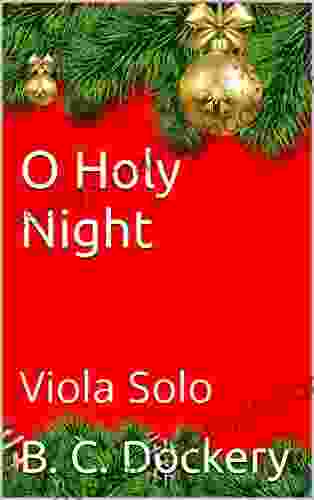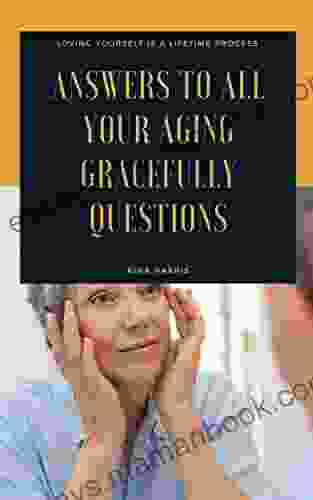The Ultimate Guide to Table of Contents: Enhancing Readability and Navigation

Table of Contents
- Benefits of Using a Table of Contents
- Types of Table of Contents
- How to Create a Table of Contents
- In Microsoft Word
- In Google Docs
- Manually
A table of contents (TOC) is a list of the sections and subsections of a document, along with their page numbers. It helps readers to quickly navigate to the information they are interested in and provides an overview of the document's structure.
Tables of contents are especially useful for long documents, such as reports, books, and articles. They can also be helpful for documents that are divided into multiple sections, such as websites and presentations.
Benefits of Using a Table of Contents
There are several benefits to using a table of contents:
- Improved readability: A table of contents makes it easier for readers to skim a document and find the information they are looking for. This can save them time and frustration.
- Enhanced navigation: A table of contents allows readers to quickly jump to different sections of a document. This is especially helpful for long documents or documents with multiple sections.
- Increased credibility: A table of contents gives a document a more professional and polished appearance. It shows that the author has taken the time to organize the document and make it easy to use.
Types of Table of Contents
There are two main types of table of contents:
- Automatic: An automatic table of contents is generated by a word processor or other software program. It is based on the headings and subheadings in the document.
- Manual: A manual table of contents is created by hand by the author. It can include any information the author wants, such as page numbers, section titles, and keywords.
How to Create a Table of Contents
There are several ways to create a table of contents:
In Microsoft Word
- Click on the "References" tab in the ribbon.
- Click on the "Table of Contents" button.
- Select a style for the table of contents.
- Click on the "OK" button.
In Google Docs
- Click on the "Insert" menu.
- Select "Table of contents".
- Select a style for the table of contents.
- Click on the "Insert" button.
Manually
To create a manual table of contents, you will need to:
- Create a new document.
- Type the title of the table of contents at the top of the document.
- For each section of the document, type the section title and page number on a new line.
- For each subsection of a section, type the subsection title and page number on a new line, indented under the section title.
- Repeat steps 4 and 5 until you have listed all of the sections and subsections in the document.
Best Practices for Table of Contents
Here are some best practices for creating effective tables of contents:
- Use clear and concise language. The entries in a table of contents should be easy to understand and should accurately reflect the content of the document.
- Use consistent formatting. The entries in a table of contents should be formatted consistently, with the same font, size, and spacing.
- Include page numbers. Page numbers are essential for helping readers to navigate a document. They should be included for each entry in the table of contents.
- Keep it updated. A table of contents should be updated as the document changes. This will ensure that it remains accurate and useful.
A table of contents is a valuable tool that can enhance the readability and navigation of a document. By following the best practices outlined in this article, you can create effective tables of contents that will make your documents easier to use and more professional.
Do you want to contribute by writing guest posts on this blog?
Please contact us and send us a resume of previous articles that you have written.
 Top Book
Top Book Novel
Novel Fiction
Fiction Nonfiction
Nonfiction Literature
Literature Paperback
Paperback Hardcover
Hardcover E-book
E-book Audiobook
Audiobook Bestseller
Bestseller Classic
Classic Mystery
Mystery Thriller
Thriller Romance
Romance Fantasy
Fantasy Science Fiction
Science Fiction Biography
Biography Memoir
Memoir Autobiography
Autobiography Poetry
Poetry Drama
Drama Historical Fiction
Historical Fiction Self-help
Self-help Young Adult
Young Adult Childrens Books
Childrens Books Graphic Novel
Graphic Novel Anthology
Anthology Series
Series Encyclopedia
Encyclopedia Reference
Reference Guidebook
Guidebook Textbook
Textbook Workbook
Workbook Journal
Journal Diary
Diary Manuscript
Manuscript Folio
Folio Pulp Fiction
Pulp Fiction Short Stories
Short Stories Fairy Tales
Fairy Tales Fables
Fables Mythology
Mythology Philosophy
Philosophy Religion
Religion Spirituality
Spirituality Essays
Essays Critique
Critique Commentary
Commentary Glossary
Glossary Bibliography
Bibliography Index
Index Table of Contents
Table of Contents Preface
Preface Introduction
Introduction Foreword
Foreword Afterword
Afterword Appendices
Appendices Annotations
Annotations Footnotes
Footnotes Epilogue
Epilogue Prologue
Prologue Georges Bizet
Georges Bizet Marie Ponsot
Marie Ponsot Ty Seidule
Ty Seidule Fred E Basten
Fred E Basten Cheryl Gavrielides
Cheryl Gavrielides B C Dockery
B C Dockery Adrian Bethune
Adrian Bethune Shiloh Walker
Shiloh Walker Mary Ruefle
Mary Ruefle Barbara B Levin
Barbara B Levin J M Stengl
J M Stengl Julius Deangelus
Julius Deangelus Thomas H Cormen
Thomas H Cormen Kimberly Wollenburg
Kimberly Wollenburg Anu Lal
Anu Lal Melinda Leigh
Melinda Leigh Molly Wigand
Molly Wigand Adam Smith
Adam Smith Rudolf Steiner
Rudolf Steiner Rodney Wash
Rodney Wash
Light bulbAdvertise smarter! Our strategic ad space ensures maximum exposure. Reserve your spot today!
 Emilio CoxFollow ·5.3k
Emilio CoxFollow ·5.3k Nick TurnerFollow ·7.4k
Nick TurnerFollow ·7.4k Timothy WardFollow ·7.1k
Timothy WardFollow ·7.1k Christopher WoodsFollow ·6.4k
Christopher WoodsFollow ·6.4k Gavin MitchellFollow ·14.1k
Gavin MitchellFollow ·14.1k Dean CoxFollow ·16.5k
Dean CoxFollow ·16.5k Gustavo CoxFollow ·18k
Gustavo CoxFollow ·18k Branson CarterFollow ·18.8k
Branson CarterFollow ·18.8k
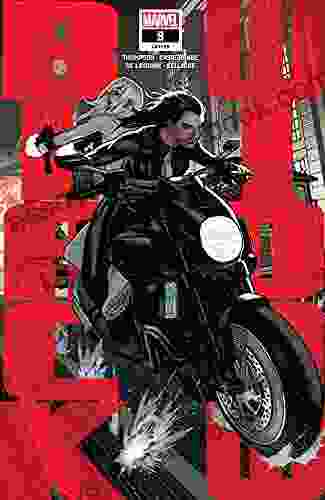
 Dean Butler
Dean ButlerBlack Widow 2024: A Comprehensive Guide to Kelly...
In 2024, Marvel...
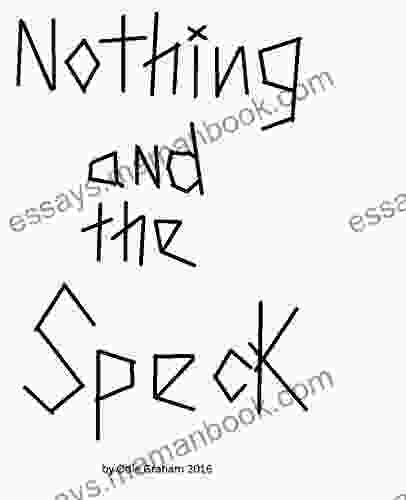
 Gage Hayes
Gage HayesNothing and the Speck: An In-Depth Analysis of Yana...
Yana Toboso's works, particularly the manga...

 Stan Ward
Stan WardThe Best American Poetry 1997: James Tate
The Best American Poetry...
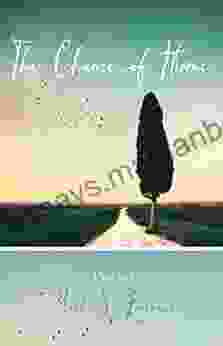
 Corey Green
Corey GreenThe Chance of Home: Exploring the Poetic Landscape of...
Immerse yourself in the evocative world of...


